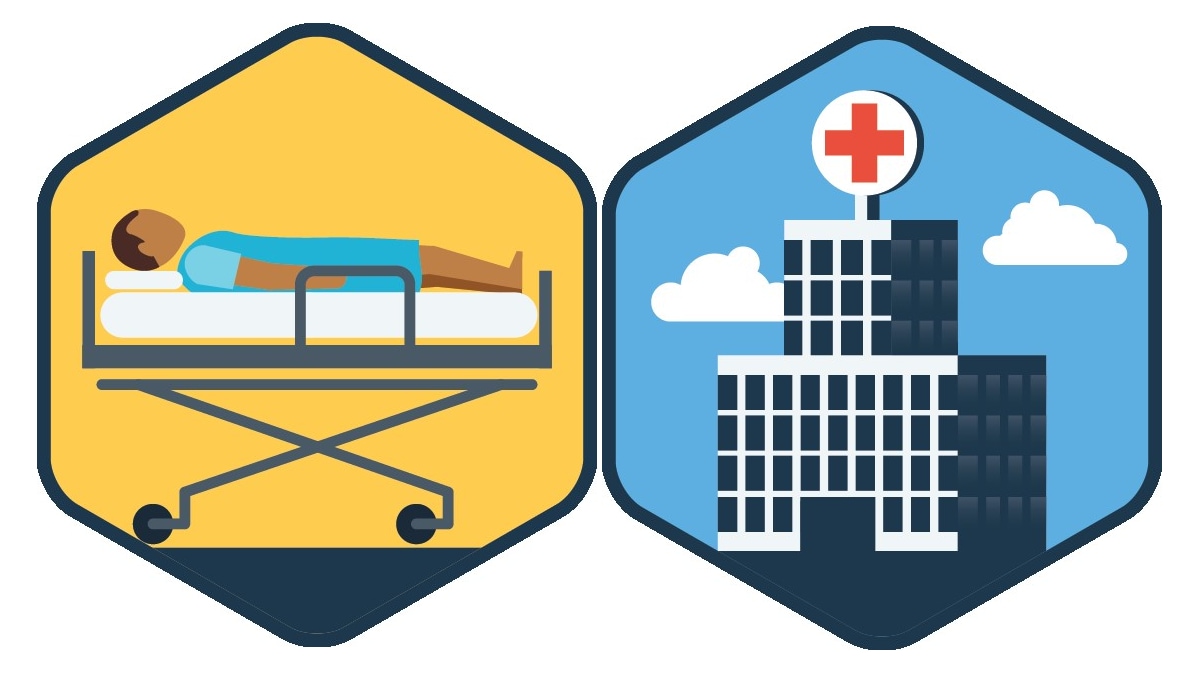Key points
- CDC recommends that healthcare facilities develop and implement comprehensive water management programs (WMPs).
- They can help reduce the risk for Legionella growth and transmission.
- They can also help control other waterborne pathogens.

Recommendations for healthcare facilities
CDC recommends that healthcare facilities included in the scope of ASHRAE Standard 188 (Section 5.2) develop and implement comprehensive WMPs. They can help reduce the risk for Legionella growth and transmission.
Benefits beyond Legionella
A comprehensive WMP can have additional benefits in the control of other water-related healthcare-associated infections. WMPs should therefore be monitored for their efficacy in reducing risk for a variety of pathogens.
All-hazards approach
Under certain circumstances, some Legionella-specific interventions may provide an environment in which some other pathogens can increase in number. For example, researchers have documented increased colonization by nontuberculous mycobacteria in building water systems following the introduction of monochloramine. Monochloramine is an agent effective for reducing Legionella colonization of biofilm1. It's important that operators take an all-hazards and wholistic approach to water management activities.
A consultant with Legionella-specific healthcare environmental expertise may be able to provide information about specific interventions. These interventions should take other pathogens and hazards into consideration.
- Casini B, Buzzigoli A, Cristina ML, et al. Long-term effects of hospital water network disinfection on Legionella and other waterborne bacteria in an Italian university hospital. Infect Control Hosp Epidemiol. 2014;35:293–9.
